Table of Contents
Introduction to Far West Nepal: The Last Frontier
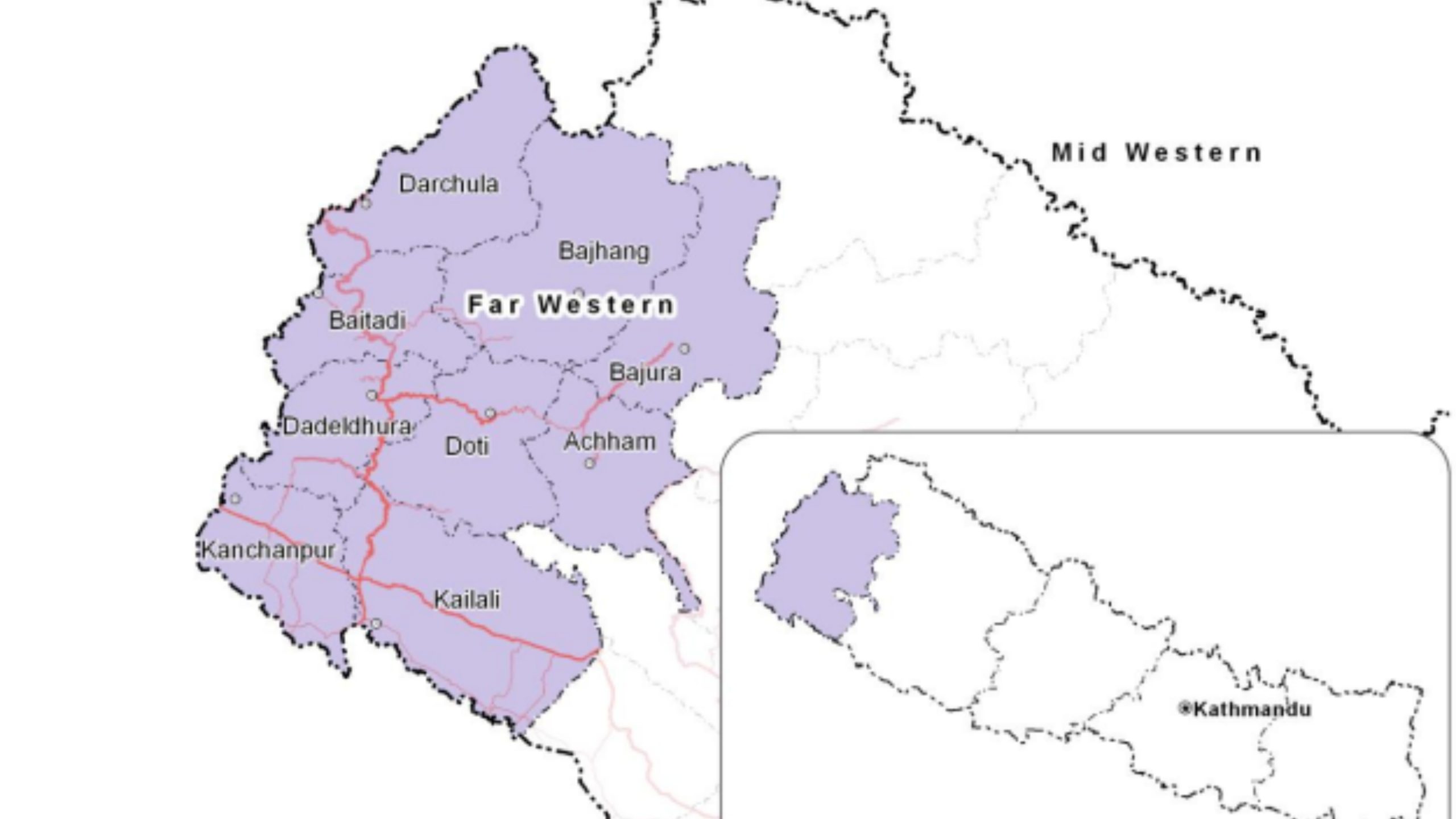
Far West Nepal remains one of the country’s most remote and least-explored regions, offering authentic experiences far from the well-trodden tourist paths of Kathmandu and Pokhara. Comprising Sudurpashchim Province, this region borders Tibet (China) to the north and India to the west and south, creating a unique cultural crossroads rich in diversity and natural splendor.
For adventure seekers and cultural enthusiasts alike, Far West Nepal presents an opportunity to witness Nepal in its most pristine form—where ancient traditions remain intact and landscapes stay largely untouched by modern development. The region’s isolation has preserved both its natural environments and cultural heritage, making it an increasingly appealing destination for travelers seeking authentic experiences.
Historical Significance of Far West Nepal
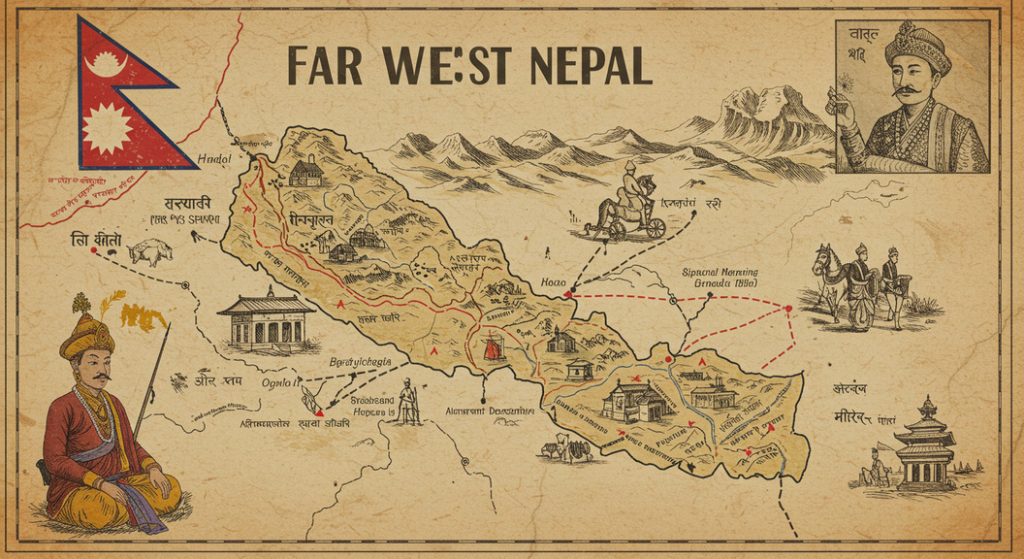
The history of Far West Nepal is as diverse as its topography. Archaeological evidence suggests human settlement dates back thousands of years, with the region playing a significant role in the development of early Himalayan civilizations.
Ancient Kingdoms and Cultural Heritage
Far West Nepal was historically part of the Khasa Kingdom (12th-14th centuries), leaving behind architectural treasures and cultural practices that continue today. Later, the region was divided into numerous small kingdoms known as the Baise Rajya (twenty-two principalities) and Chaubise Rajya (twenty-four principalities) before being unified into modern Nepal by King Prithvi Narayan Shah in the late 18th century.
The remoteness of Far West Nepal allowed it to preserve unique cultural traditions, dialects, and social practices not found elsewhere in the country. The region’s strategic position along ancient trade routes between India and Tibet further enriched its cultural tapestry with influences from both Hindu and Buddhist traditions.
Modern Development and Challenges
Far West Nepal has historically been one of the country’s least developed areas, facing challenges of accessibility, infrastructure, and economic opportunities. The ten-year Maoist insurgency (1996-2006) particularly affected this region, further isolating it from tourism development.
However, recent government initiatives have focused on developing Far West Nepal’s tourism potential, recognizing the region’s natural and cultural wealth as significant assets for sustainable development. Improved road networks, community-based tourism initiatives, and conservation efforts are gradually opening this hidden gem to responsible tourism.
The Diverse Landscapes of Far West Nepal
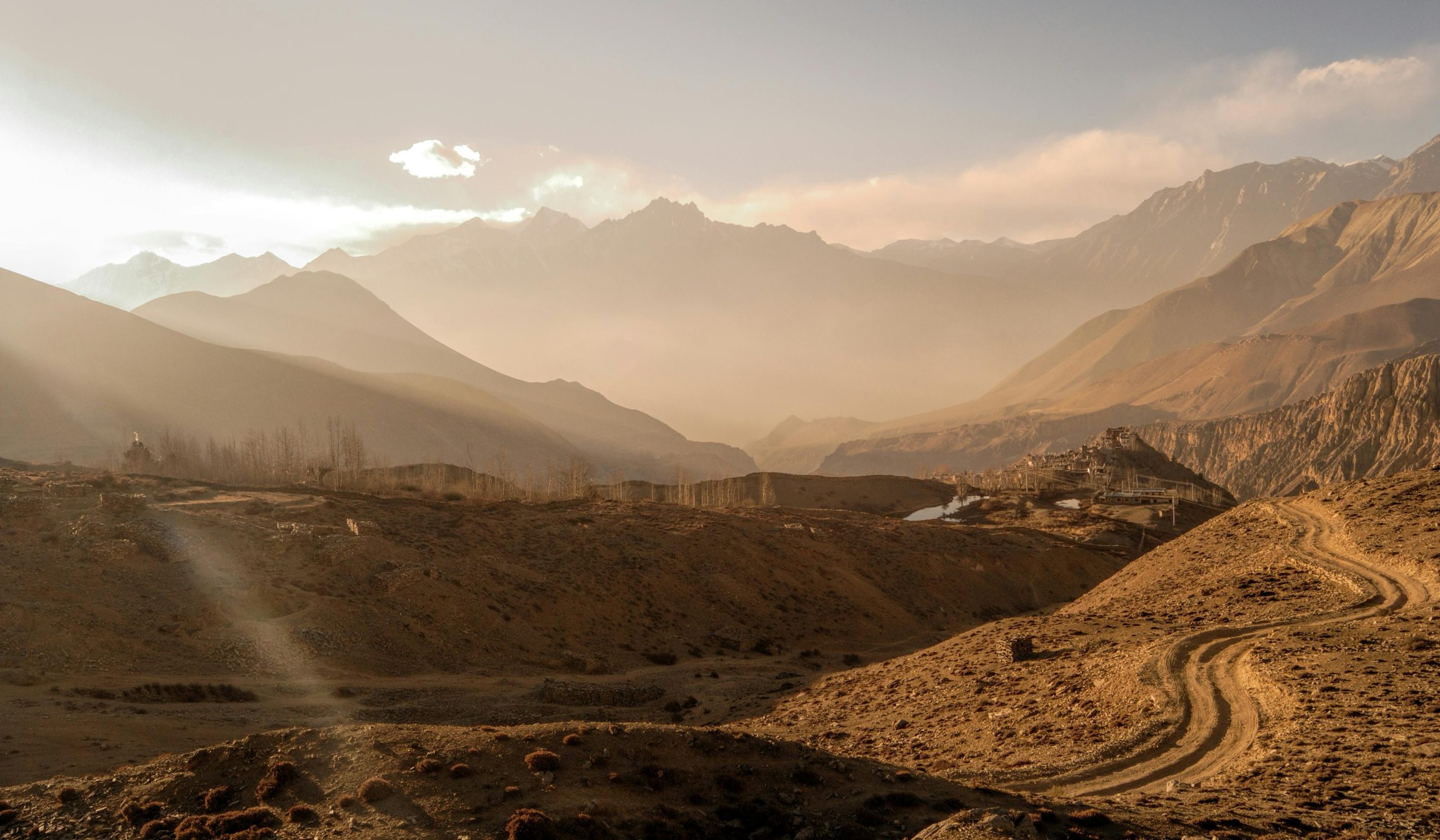
Far West Nepal features dramatic geographic diversity, ranging from the subtropical plains of the Terai to the towering Himalayan peaks along the Tibetan border—all within a relatively compact area.
Lowland Terai and Chure Hills
The southernmost part of Far West Nepal comprises the fertile Terai plains, characterized by subtropical forests, agricultural fields, and important wildlife habitats. This region includes:
- Shuklaphanta National Park: One of Nepal’s less-visited national parks, home to endangered species including Bengal tigers, one-horned rhinoceros, and swamp deer
- Chure (Siwalik) Hills: The youngest mountain range in the Himalayas, forming a natural boundary between the Terai plains and the Mid-Hills region
Mid-Hills Region
Rising above the Terai, the Mid-Hills region (1,000-3,000 meters) features verdant valleys, terraced fields, and traditional villages that showcase the authentic rural lifestyle of Far West Nepal. Notable areas include:
- Khaptad National Park: A mystical plateau featuring alpine meadows, diverse flora and fauna, and the ashram of the revered sage Khaptad Baba
- Baitadi and Dadeldhura Districts: Home to ancient temples, hilltop settlements, and panoramic mountain views
High Himalayan Region
The northern reaches of Far West Nepal enter the majestic Himalayan range, with elevations exceeding 7,000 meters. This rugged landscape includes:
- Api Himal Range: Featuring Api (7,132m) and Saipal (7,031m) mountains
- Remote valleys: Including Limi Valley and Humla, which preserve ancient Tibetan culture and traditions
River Systems
Far West Nepal is defined by major river systems that have shaped both its landscape and cultural development:
- Karnali River: Nepal’s longest river, carving deep gorges and providing opportunities for world-class whitewater rafting
- Mahakali River: Forming the western border with India, historically important for trade and cultural exchange
- Seti and Bheri Rivers: Creating fertile valleys that support agricultural communities throughout the region
Top Tourism Destinations in Far West Nepal
Despite its remoteness, Far West Nepal offers remarkable destinations for adventurous travelers seeking authentic experiences off the beaten path.
Khaptad National Park
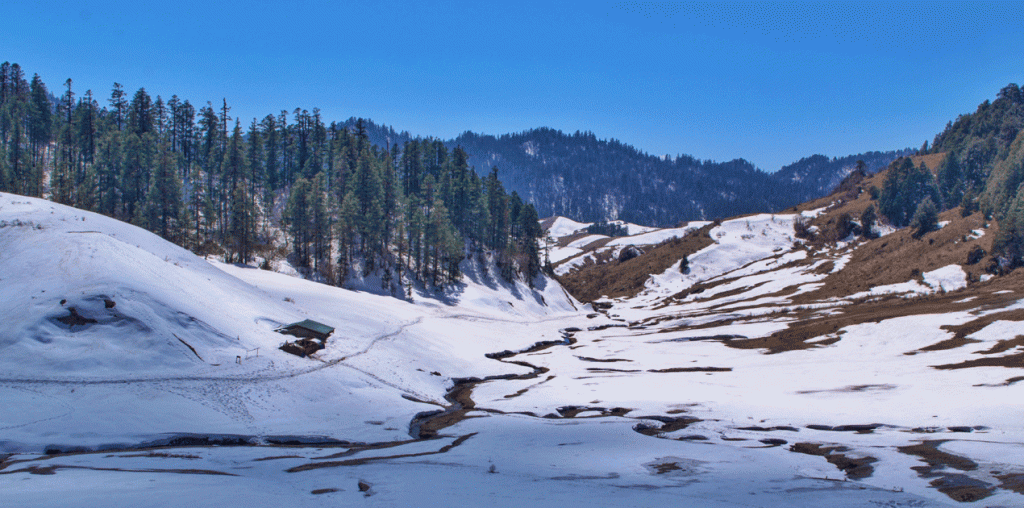
Often called the “Switzerland of Nepal,” Khaptad National Park (225 sq km) sits on a plateau at approximately 3,000 meters. Its unique landscape features:
- Rolling alpine meadows covered with wildflowers during spring and summer
- Over 224 species of medicinal herbs
- Religious significance with Khaptad Baba Ashram, a pilgrimage site
- Excellent bird watching with over 270 bird species
- Panoramic views of the Api-Saipal Himalayan range
The best time to visit is spring (March-May) and autumn (September-November) when weather conditions are most favorable for trekking and nature observation.
Shuklaphanta National Park
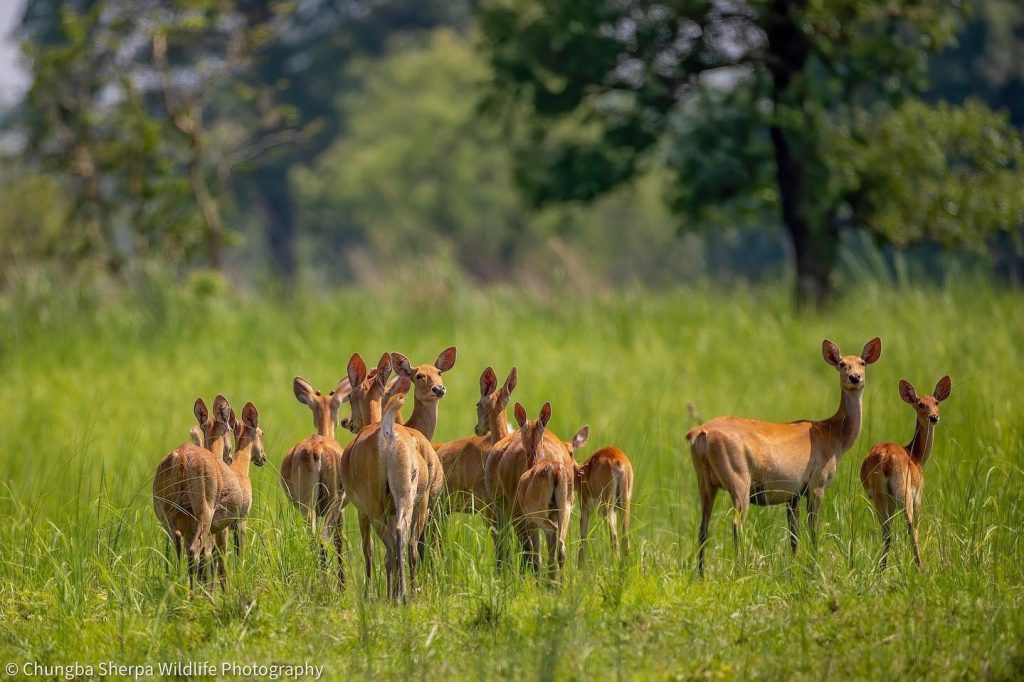
Located in the southwestern Terai, Shuklaphanta National Park protects one of the last remaining grassland and forest ecosystems in the Terai. The park offers:
- The largest population of swamp deer in Nepal
- Significant tiger and elephant populations
- Over 430 bird species, making it a paradise for birdwatchers
- Less crowded wildlife experiences compared to Chitwan or Bardia National Parks
- Opportunities for jeep safaris and guided nature walks
Api Base Camp Trek
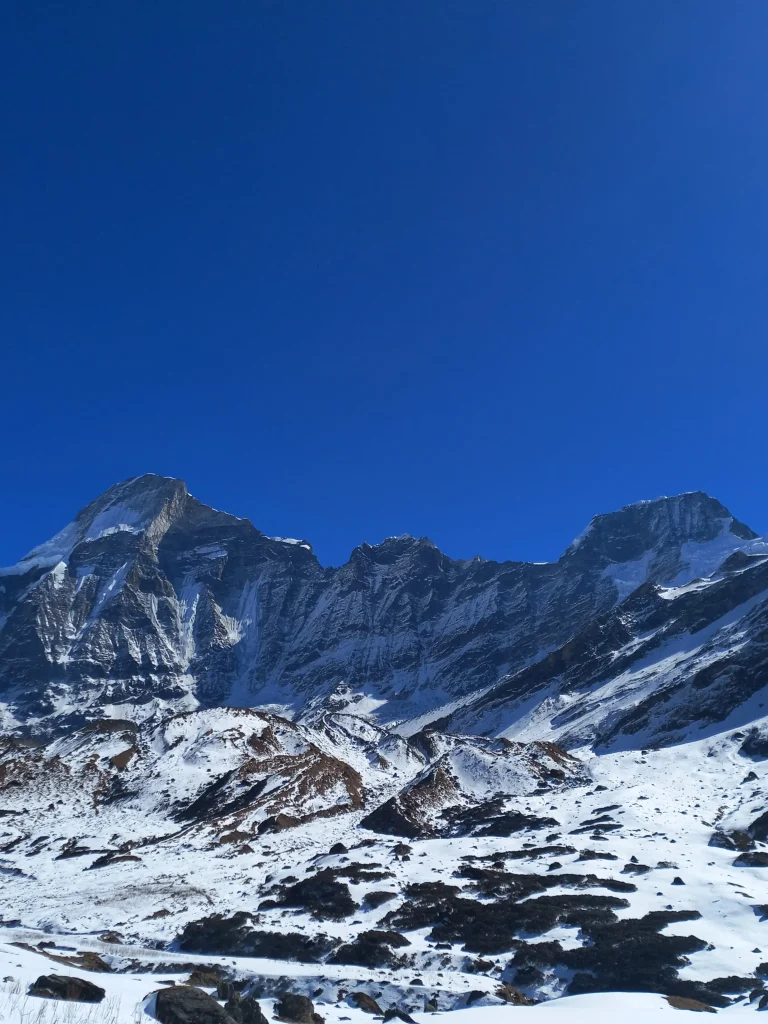
For adventure enthusiasts, the trek to Api Base Camp provides a challenging yet rewarding experience in one of Nepal’s least-visited trekking regions. The trek features:
- Views of Api (7,132m) and surrounding peaks
- Cultural immersion in traditional Byasi and Shauka villages
- Remote trails with few other trekkers
- Pristine alpine landscapes and biodiversity
- Cultural interactions with communities practicing traditional lifestyles
Religious and Cultural Sites
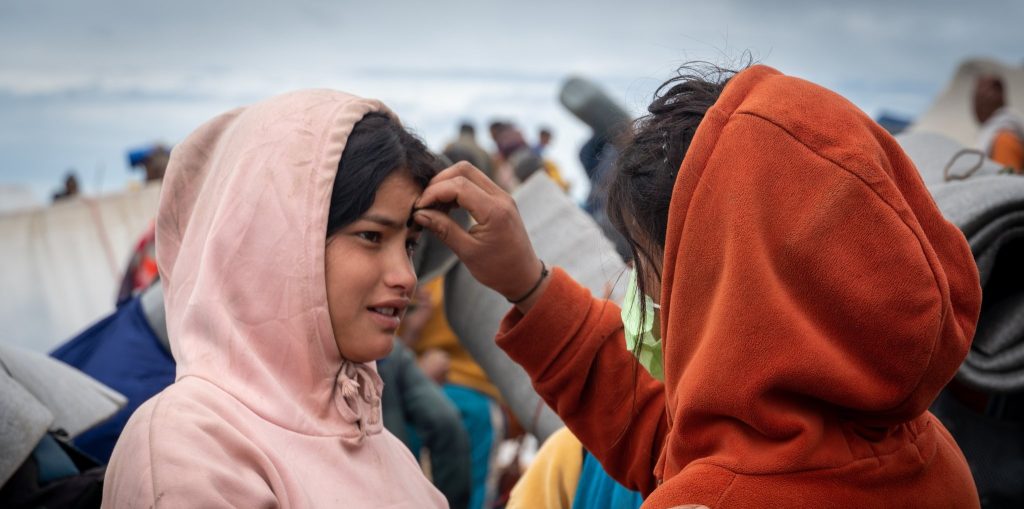
Far West Nepal hosts numerous temples, monasteries, and cultural sites of significant religious importance:
- Ugratara Temple (Dadeldhura): An ancient temple complex with historical significance
- Malika Temple (Darchula): A sacred site for both Hindus and Buddhists
- Limi Valley: Home to ancient Buddhist monasteries preserving Tibetan culture
- Chainpur: A historic town featuring traditional architecture and craftsmanship
Doti and Accham Districts
These districts preserve some of Nepal’s most authentic cultural heritage:
- Traditional stone and mud architecture
- Living folklore traditions and seasonal festivals
- Ancient trade routes with historic significance
- Authentic rural experiences with home stays becoming increasingly available
Adventure Tourism in Far West Nepal
For thrill-seekers, Far West Nepal offers numerous adventure activities in relatively unexplored settings:
Trekking and Mountaineering
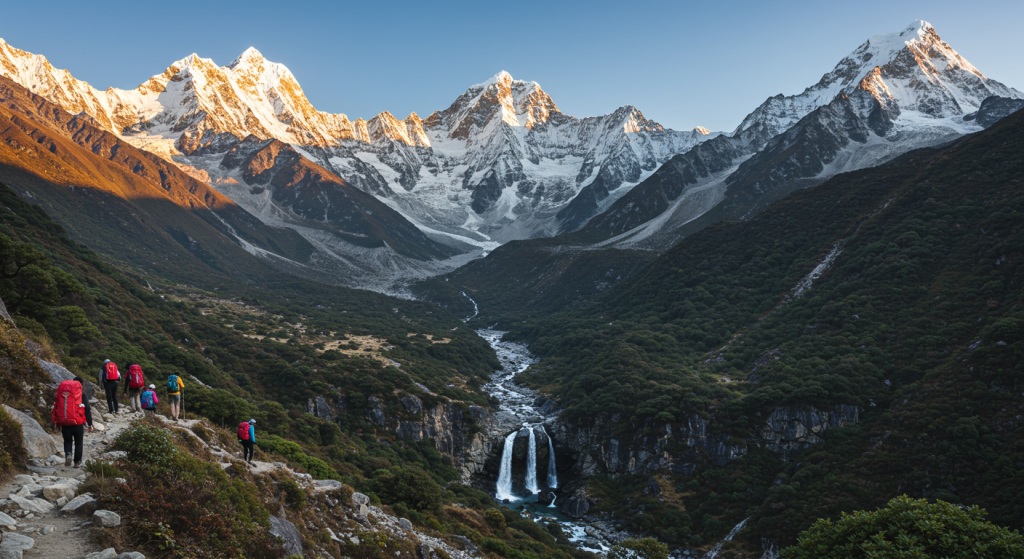
- Great Himalaya Trail (Far Western Section): Part of the trans-Himalayan route covering Nepal’s length
- Humla to Mount Kailash Route: A spiritual journey connecting to the sacred Mount Kailash in Tibet
- Api-Saipal Expedition: Technical climbing opportunities for experienced mountaineers
- Khaptad National Park Treks: Moderate hiking through unique plateau landscapes
River Adventures
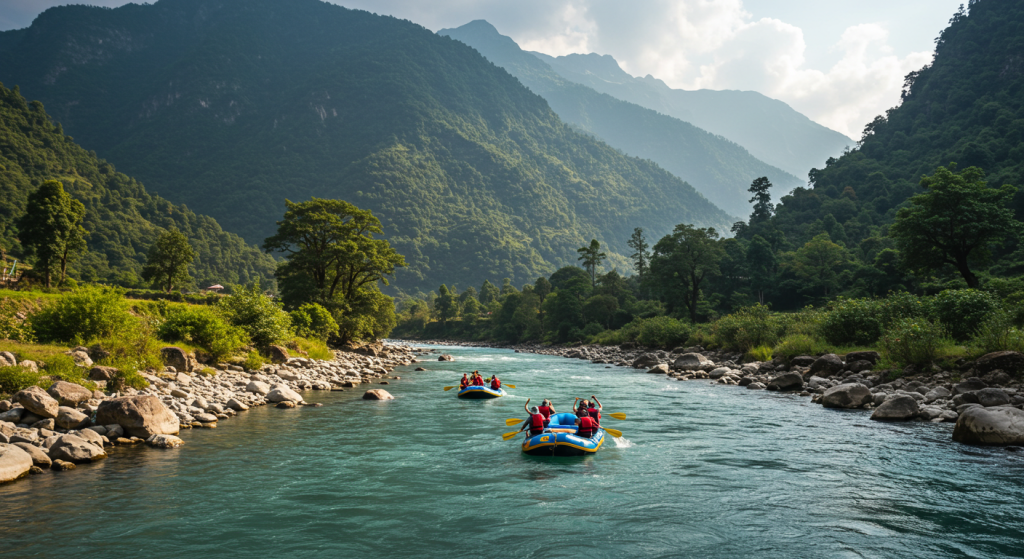
- Karnali River Rafting/Kayaking: World-class whitewater experiences on Nepal’s longest river
- Mahakali River: Emerging opportunities for water-based adventures along the India border
- Fishing Expeditions: Catch-and-release fishing for indigenous species in pristine river systems
Wildlife Encounters
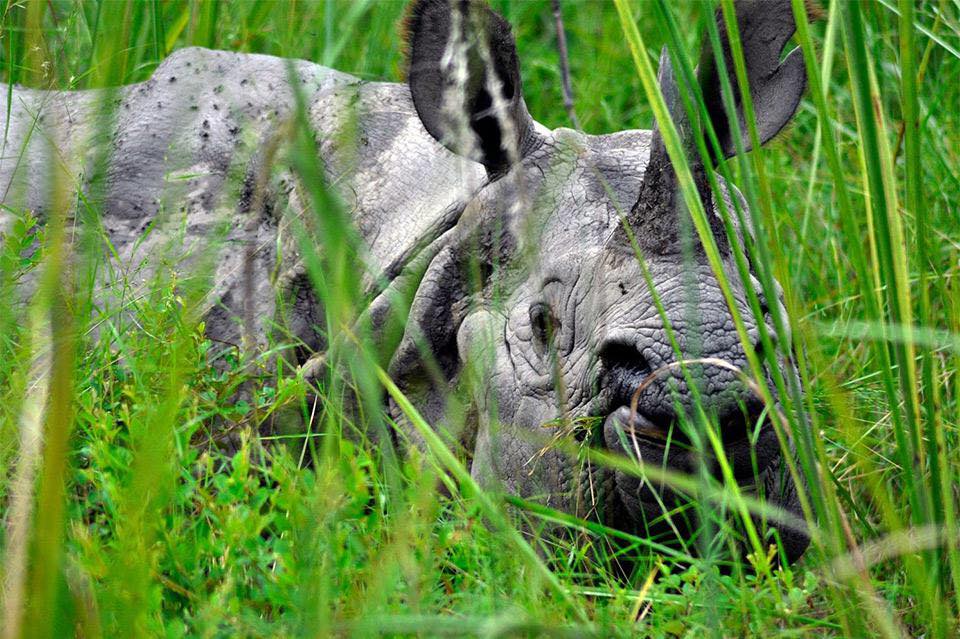
- Jungle Safaris: Exploring Shuklaphanta National Park by jeep or on foot
- Bird Watching: Over 450 species recorded throughout the region’s diverse ecosystems
- Conservation Volunteering: Emerging opportunities to participate in wildlife monitoring programs
Cultural Immersion and Community Tourism
Far West Nepal offers authentic cultural experiences through:
Homestay Programs

Several communities across Far West Nepal have developed homestay programs where visitors can:
- Live with local families in traditional houses
- Participate in daily activities including farming and cooking
- Learn about local customs, traditions, and folklore
- Directly contribute to community development
Festivals and Celebrations
Far West Nepal maintains vibrant festival traditions, many unique to the region:
- Gaura Festival: A celebration of Lord Shiva observed with particular devotion in Far West Nepal
- Chhaiti Dashain: A regional variation of the national Dashain festival
- Seasonal agricultural celebrations: Marking planting and harvest seasons
Indigenous Communities
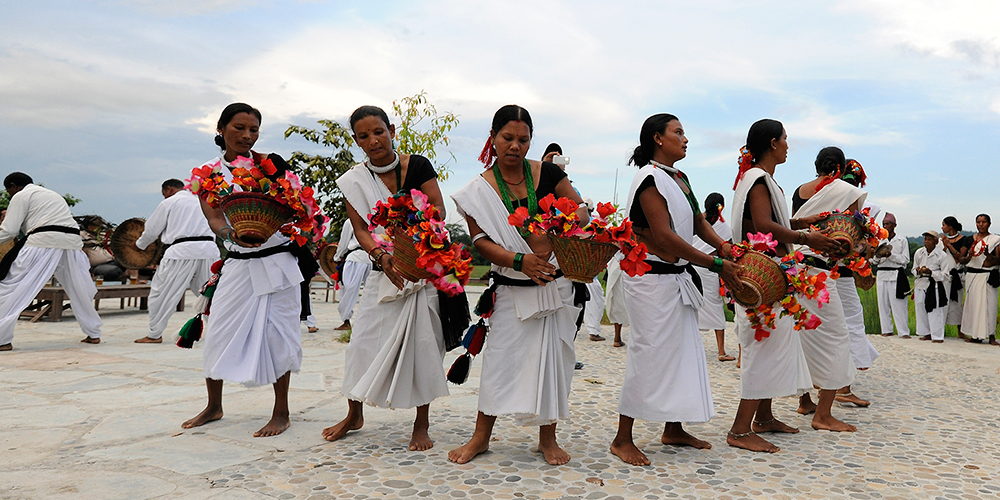
The region is home to numerous ethnic groups with distinct cultural practices:
- Tharu communities in the Terai region
- Khas, Magar, and Thakuri populations in the mid-hills
- Byasi and Shauka communities in the high Himalayas
Practical Information for Traveling to Far West Nepal
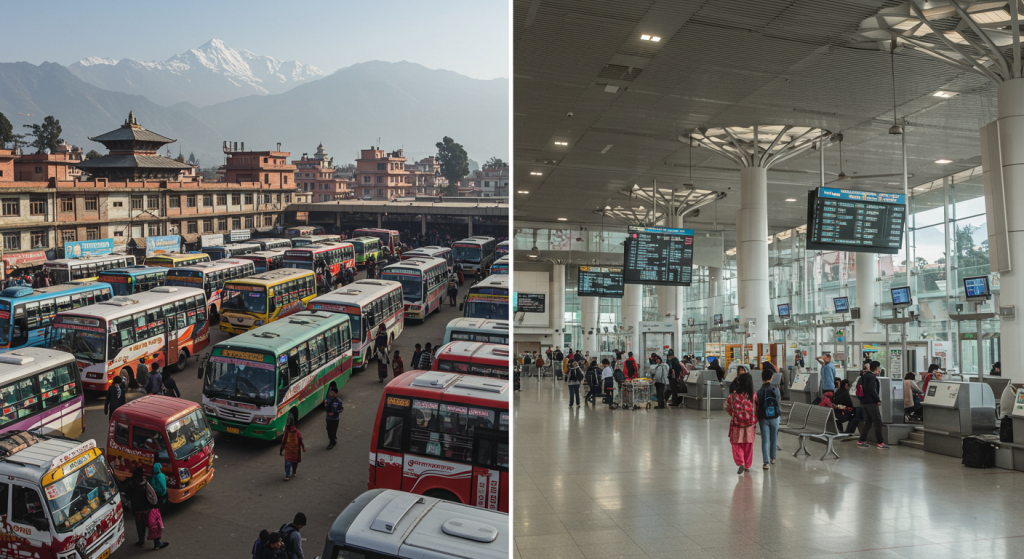
Accessibility and Transportation
Reaching Far West Nepal has become increasingly feasible:
- Air connections: Flights to Dhangadhi and Nepalgunj from Kathmandu
- Road network: Improving highways connect major towns, though many remote areas remain accessible only by foot
- Public transportation: Regular bus services between district headquarters
Accommodation Options
Lodging options in Far West Nepal are developing but remain basic:
- District headquarters: Small hotels and guesthouses available in towns like Dhangadhi, Dadeldhura, and Dipayal
- Trekking routes: Basic teahouses and lodges emerging along popular trails
- Community homestays: Authentic accommodation experiences in local homes
- Camping: Required for more remote trekking destinations
Best Time to Visit
The optimal periods to visit Far West Nepal are:
- Spring (March-May): Pleasant temperatures, blooming rhododendrons, and clear mountain views
- Autumn (September-November): Stable weather, clear skies, and festivals
- Winter (December-February): Cold but dry in higher elevations, comfortable in the Terai
- Summer/Monsoon (June-August): Best avoided due to heavy rainfall making travel difficult
Sustainable Tourism Development in Far West Nepal
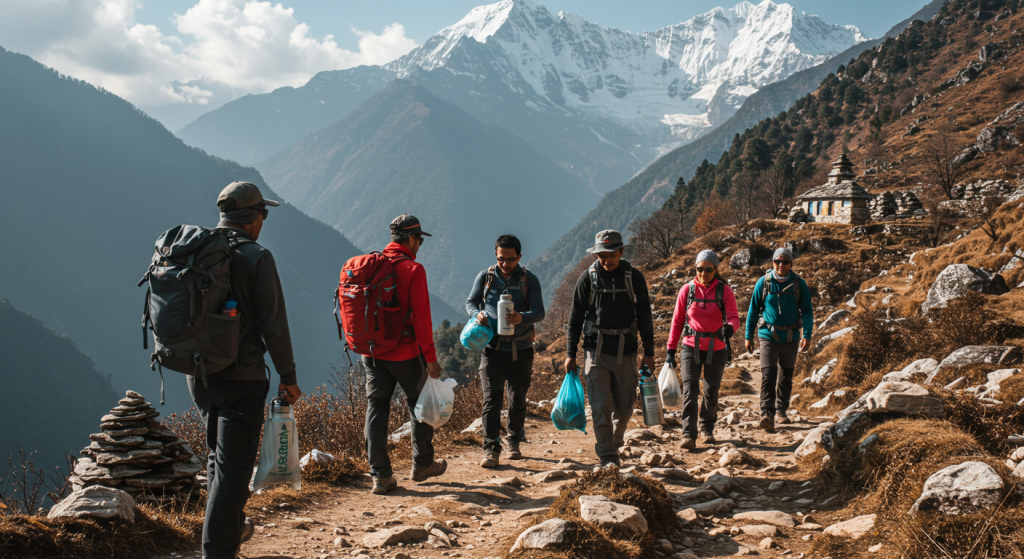
The emerging tourism industry in Far West Nepal presents both opportunities and challenges:
Community-Based Tourism Initiatives
Various projects are empowering local communities through tourism:
- Training local guides and porters
- Developing handicraft production for tourism markets
- Creating locally-managed tourism infrastructure
- Preserving cultural heritage through tourism revenue
Conservation Efforts
Tourism is increasingly linked to conservation initiatives:
- Protected area management in national parks
- Community forestry programs
- Wildlife monitoring and anti-poaching activities
- Environmental education for locals and visitors
Challenges and Opportunities
Far West Nepal’s tourism development faces several challenges:
- Limited infrastructure development
- Need for capacity building in tourism services
- Balancing development with cultural and environmental conservation
- Climate change impacts on fragile mountain ecosystems
Conclusion: The Future of Tourism in Far West Nepal
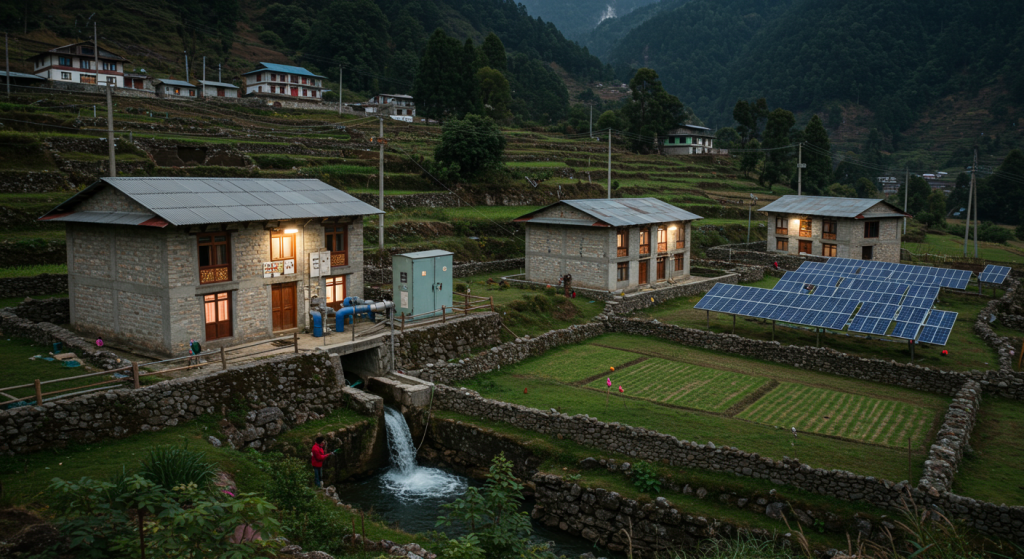
Far West Nepal stands at a crossroads of development, with tourism emerging as a promising pathway for sustainable economic growth while preserving the region’s natural and cultural treasures. As accessibility improves and word spreads about this hidden gem, Far West Nepal is poised to become an increasingly popular destination for travelers seeking authentic experiences in one of Nepal’s last frontiers.
For those willing to venture beyond the familiar tourist circuits, Far West Nepal rewards with untouched landscapes, living cultural traditions, and the warm hospitality of people who have maintained their traditional way of life despite the rapidly changing world around them. In Far West Nepal, the journey itself becomes the destination—an opportunity to experience Nepal as it once was and to contribute positively to what it might become.
Whether you seek adventure in its towering mountains, cultural immersion in its diverse communities, or tranquility in its pristine natural settings, Far West Nepal offers experiences that remain increasingly rare in our interconnected world—making now the perfect time to discover this hidden Himalayan treasure before the rest of the world does.
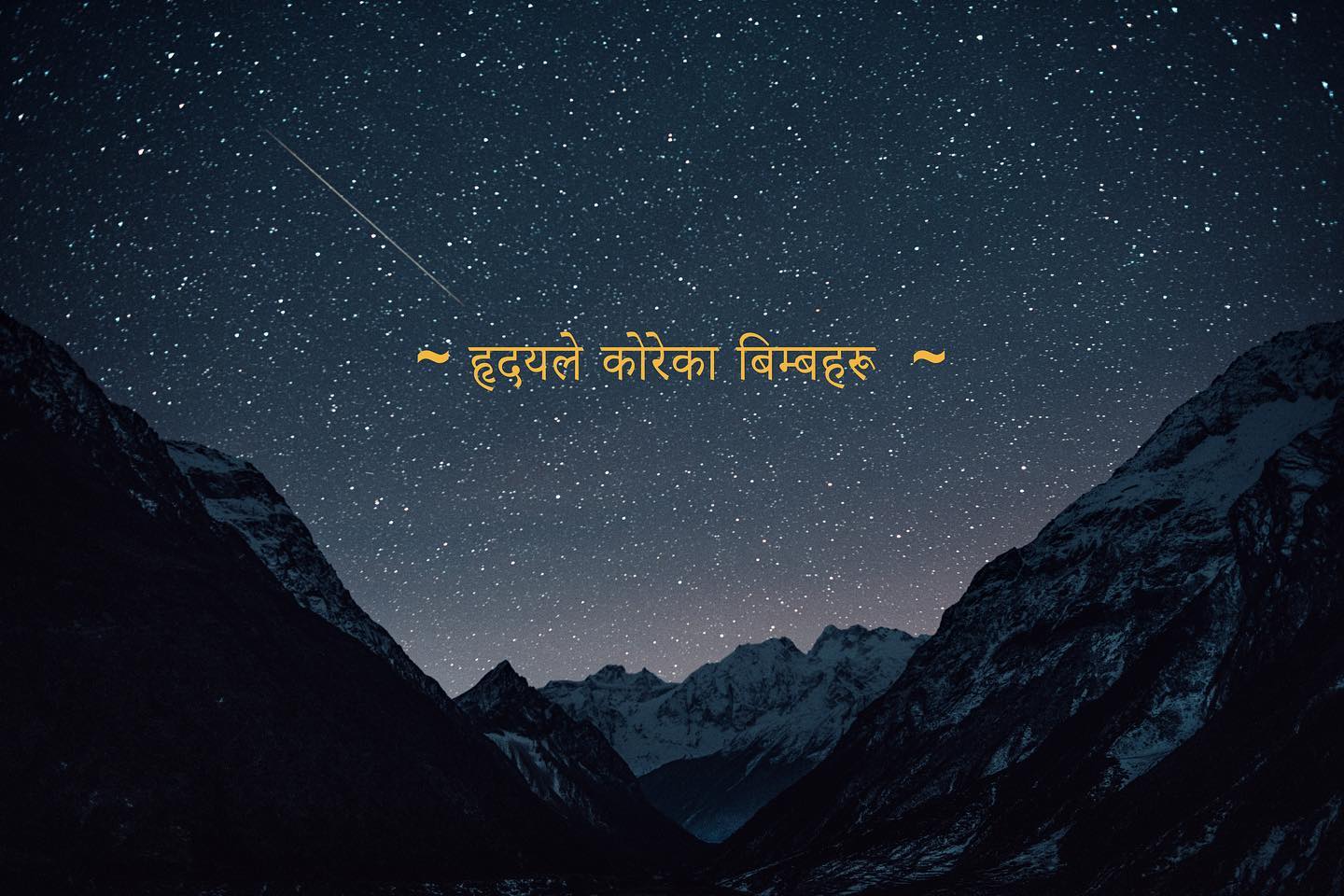
Leave a Reply